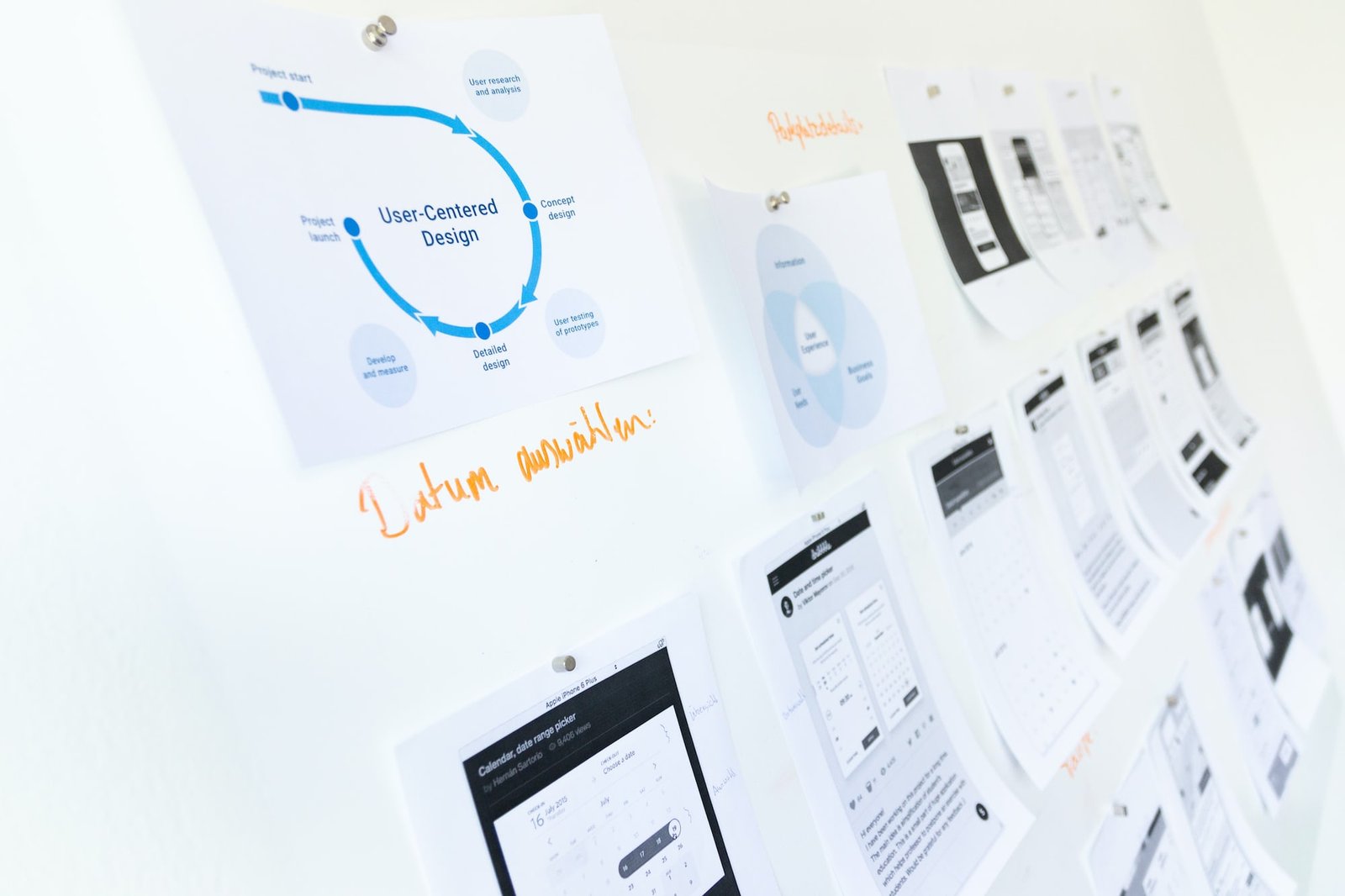Behind the Code: Exploring the PHP Structure of WordPress

WordPress is a powerful content management system (CMS) that has been the go-to choice for millions of website owners. It has a user-friendly interface and a robust set of features that make it easy to create and manage websites. Behind the scenes, WordPress is powered by a combination of HTML, CSS, JavaScript, and PHP. In this article, we’ll look at the PHP structure of WordPress and explore how it works.
Introduction to WordPress and PHP
WordPress is a free and open-source content management system (CMS) based on PHP and MySQL. It is a powerful platform used to create websites, blogs, and apps. It is designed to be user-friendly and easily customizable. WordPress is powered by a combination of HTML, CSS, JavaScript, and PHP. PHP is the programming language used to build the core of WordPress. It is used to create the database structure, generate the pages, and process user input.
Exploring the WordPress Core
The WordPress core is the foundation of the CMS and is responsible for the core functionality of the platform. It is composed of a set of core files, including the WordPress database, configuration files, and the WordPress loop. The WordPress loop is the code that generates the pages of the website. It is responsible for retrieving the content from the database, formatting it, and displaying it to the user.
WordPress Database Structure
The WordPress database is the heart of the CMS. It stores all of the content, settings, and users information. It is composed of several tables, each of which stores different types of data. The content tables store the posts, pages, and other content types. The user tables store the user information, such as username and password. The settings tables store the website settings, such as the site title and tagline.
The WordPress Loop
The WordPress loop is the code that generates the pages of the website. It retrieves the content from the database, formats it, and displays it to the user. The loop is composed of several functions, including the main query, the post loop, and the comment loop. The main query retrieves the content from the database. The post loop formats the content and displays it on the page. The comment loop displays the comments for each post.
WordPress Hooks and Filters
WordPress hooks and filters are used to add custom functionality to the core code. Hooks are used to add new code to the existing code, while filters are used to modify the existing code. Hooks and filters are used to add custom features or modify existing features. For example, you can use a filter to modify the output of the WordPress loop, or use a hook to add a custom function to the core code.
WordPress Template System
The WordPress template system is used to create the pages of the website. It consists of a set of template files that define the structure and layout of the pages. The template files are composed of HTML, CSS, and PHP code. The template system is responsible for generating the pages of the website, based on the content stored in the database.
WordPress Plugin Architecture
WordPress plugins are used to add additional features and functionality to the CMS. They are composed of a set of files, including PHP code, HTML, CSS, and JavaScript. Plugins are installed on the WordPress site and can be used to add custom features, such as a contact form or a shopping cart.
WordPress Template Hierarchy
The WordPress template hierarchy is the structure of the template files. It defines which template file is used to generate each page of the website. The template hierarchy is based on the content type and the context of the page. For example, if the page is a single post, the single.php template file will be used to generate the page.
WordPress Widgets
WordPress widgets are used to add content and features to the sidebars of the website. Widgets are composed of HTML, CSS, and PHP code. They are installed on the WordPress site and can be used to add custom features, such as a calendar or a contact form.
WordPress Shortcodes
WordPress shortcodes are used to add content and features to the pages of the website. Shortcodes are composed of HTML, CSS, and PHP code. They are installed on the WordPress site and can be used to add custom features, such as a contact form or a custom image gallery.
WordPress Theme Development
WordPress themes are used to customize the look and feel of the website. They are composed of a set of template files, including HTML, CSS, and PHP. WordPress themes are installed on the WordPress site and can be used to customize the layout, colors, fonts, and other design elements of the website.
WordPress is a powerful content management system (CMS) that is powered by a combination of HTML, CSS, JavaScript, and PHP. In this article, we looked at the PHP structure of WordPress and explored how it works. We looked at the WordPress core, the database structure, the WordPress loop, hooks and filters, the template system, plugin architecture, template hierarchy, widgets, shortcodes, and theme development. Understanding the PHP structure of WordPress is an essential part of developing and managing websites with WordPress.


